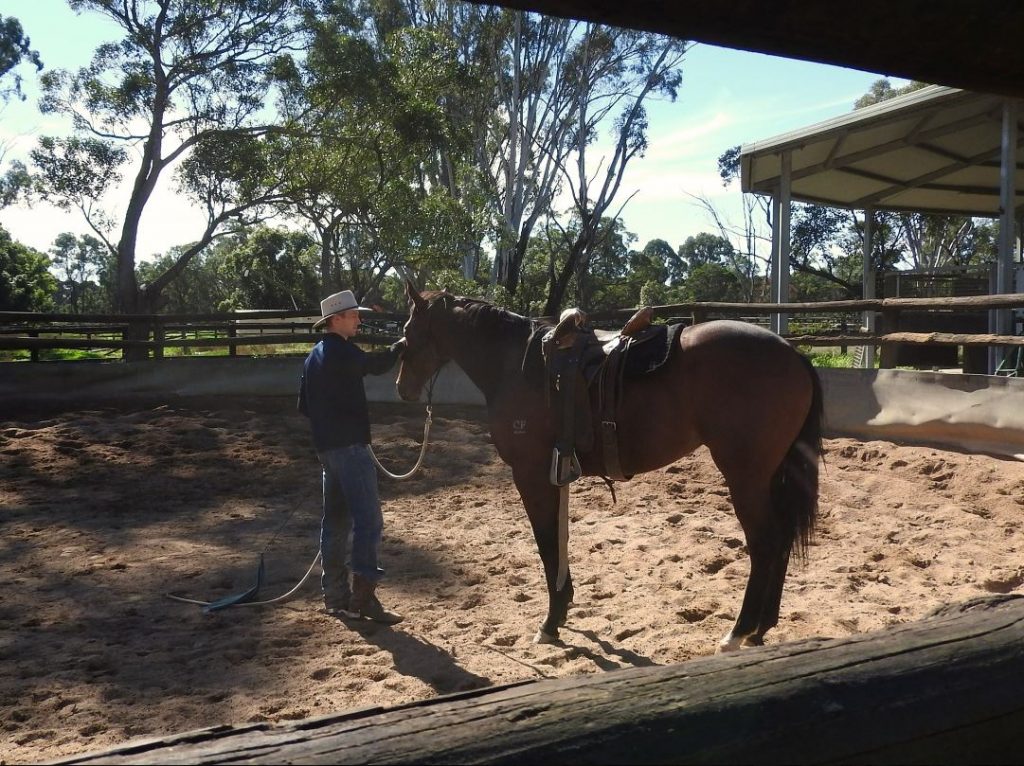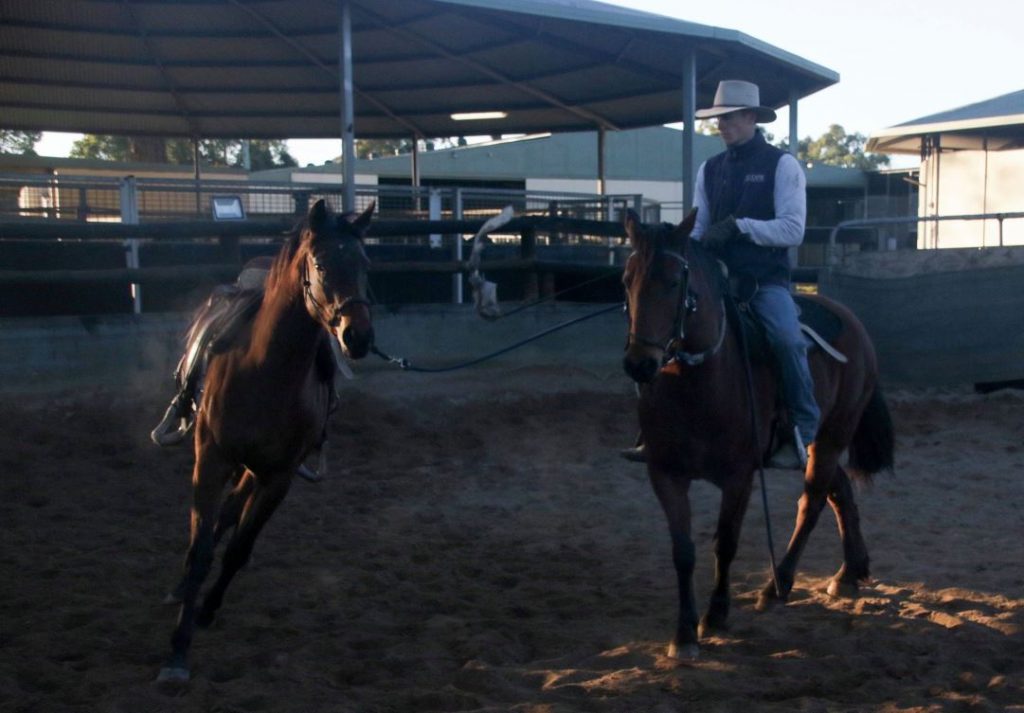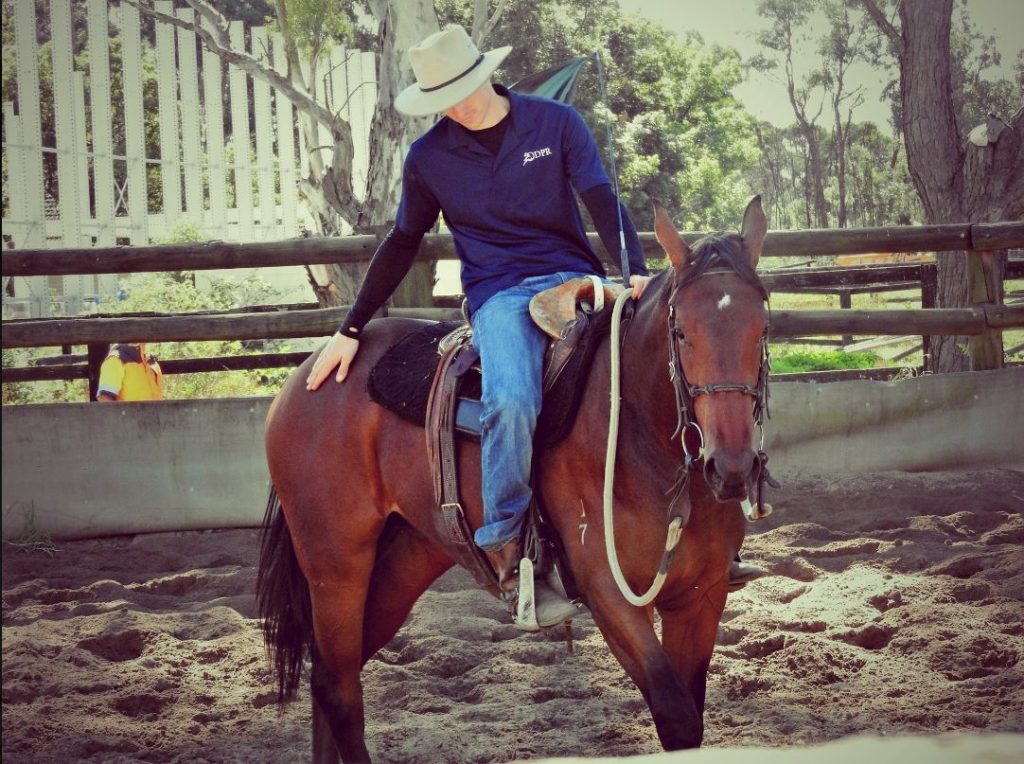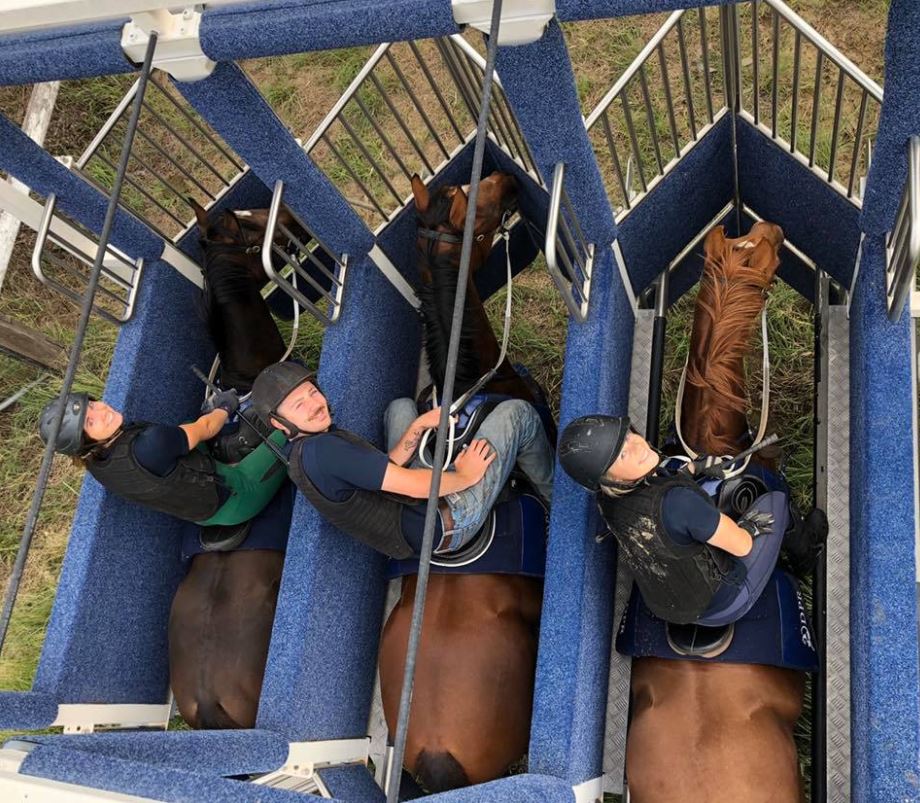Dr David Wood BVSc, MRCVS
The thoroughbred yearling leads an easy life. Hanging out with his peers after weaning, followed by a sales prep period of being spoiled with optimum nutrition, basic education, rugging, grooming and stabling, to produce a primped and pampered promising athlete for the sales ring. After that, the time has come to begin preparation for life as a racehorse, to start earning his keep and fulfill the hopes of his owners and trainers.
This transition from stud farm to trainer’s yard over a few week’s education and work is stressful, both mentally and physically for the young horse who basically wants to please, but simply doesn’t know what to do. As the workload rises to begin developing muscle strength and fitness along with the skills needed to race, the nutritional needs of this yearling should be managed to optimize results and reduce the likelihood of injury. There are perhaps three areas where nutrition can now play a part in turning the young novice into a sound horse ready for the track. These are-
- Temperament and behavior.
- Skeletal health and bone density.
- Muscle growth and repair.
Education for the yearling requires desensitization to upsetting stimuli. We want a stable composed animal, relaxed and receptive to training, not one that is all muscle and no brain, hot and excitable and ready to explode without thinking. Achieving that is down to the skill of the handlers but one of the drivers of a hot fizzy temperament is energy intake, especially energy in the form of starch.

Whilst we do need some energy to fuel ongoing growth and to cover the workload, a high starch grain- based diet will also fuel a hotter temperament. That fizz works against the desired calm, relaxed composure we need to educate this young horse. Provision of adequate fiber intake, perhaps by means of pasture turnout for a couple of hours each day, plenty of hay or other high fiber feeds like beet pulp or soy hulls, will help reduce the need for starch and dilute the negative effects it has on temperament, as well as boosting healthy gut function. Oil as a cool energy source also has a place but takes a few weeks to reach full effect. A high Omega 3 oil makes sense as the anti- inflammatory effect could be of benefit. The main point to remember is that starch is the enemy of peace and quiet in the training ring, and a little goes a long way. The use of low starch manufactured feeds is appropriate and certainly worth considering. They can maintain the desired condition without the fuss and fizz.
When grain is to be fed, little and often is preferable. Small meals limit the peaks and troughs of glucose in the blood and the subsequent insulin response. Small amounts of starch are less likely to enter the hind gut and disrupt the normal microflora. The gut is now regarded as the ‘’second brain’’ and disturbances to gut function can manifest as changes in behavior disrupting the calm composure we need for successful training.

Spells on the walker, long reining or being led beside a lead pony, are soon followed by riding and place the first real stresses on the developing skeleton. Stress in the form of the mechanical loading of bone stimulates remodeling on the microscopic level, resulting in an increase in bone density and structural strength. Sometimes the stress on a bone may overwhelm its ability to respond and microfractures can result as in the case of shin soreness.

Whilst nutrition cannot eliminate stress related bone injury, provision of adequate mineral nutrition can at least ensure that bone remodeling and improved density are not hampered by lack of the right mineral substrates. Key nutrients here are of course Calcium & Phosphorous.
For the pre-training thoroughbred aged 18-20 months with a bodyweight in the range 385 to 415kg the requirement for calcium is around 40g per day with phosphorous at half that. The ratio of Ca: P is important and should be close to 2: 1. As a rough guide Lucerne will boost calcium, but cereal hay will not. Grains are rich in phosphorous and will depress the Ca: P balance requiring calcium supplementation to restore the correct ratio.
In conjunction with those macro minerals bone growth and remodeling require minute amounts of trace elements, especially Copper, Zinc and Manganese. These elements, especially Zinc, are also important for ligament and tendon strength being involved in the cross linkage of Collagen molecules. Bone develops on a collagen matrix whilst ligaments and tendons are made from it. Other trace elements support blood cell and vital hormone production as well as immunity and membrane integrity. Small amounts certainly, but critically important, nonetheless.
So, as the skeleton undergoes growth and loading stresses, we want to make sure everything is in place nutritionally to support its development, along with an increase in bone density. Provision of a comprehensive mineral and trace supplement during pre-training will ensure nothing is missing when it is most needed. Calcium in particular is often low in racehorse diets which tend to be phosphorous rich due to grain content. In the young horse such imbalances can impact badly on skeletal development with potentially career long consequences.
The developing skeleton supports the developing muscular system which also responds to mechanical loading at this time. Whilst serious muscle development work comes later there is still significant muscle growth happening. Some of the fat cover developed pre-sale is being burned up for energy and muscle definition begins to appear. Aside from energy, muscle growth primarily depends on amino acids supplied by protein in the diet. As yet we do not know the horse’s requirement for individual amino acids with one exception, Lysine. Lysine is recognized as the first limiting amino for growth and tissue repair. This means that regardless of how much protein is available, if Lysine is insufficient, growth and repair cannot proceed. This is why Lysine content is used as a measure of protein quality – the more the better.

Our yearling in pre- training needs at least 35- 40g of Lysine per day so inclusion of some Lysine rich ingredients like soy, lupin, beans, or sunflower in the ration is sensible. Lucerne is another good source with about twice the Lysine content of cereal hays. In general, diets for these horses have plenty of total protein so provided Lysine is catered for, there should be no constraint on good muscle development.
Nutrition alone cannot produce a winner, but poor nutrition can jeopardize a racing career before it even begins. Paying attention to nutrient requirements and intake levels during this critical pre-training phase may help smooth the passage to adulthood and promote good welfare as well as good athletic outcomes. By supporting both mental and physical soundness through good nutrition management we can help minimize injury and pave the way towards a long and successful racing career.
** Special thanks to DPR Breaking for providing the pics for this article

